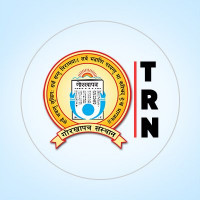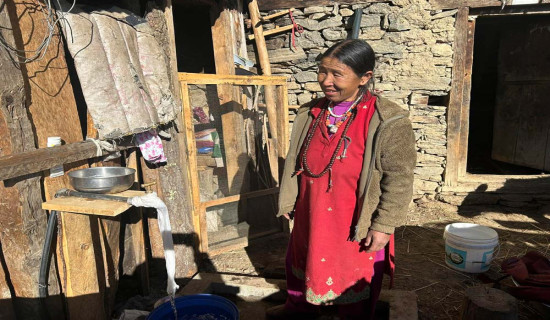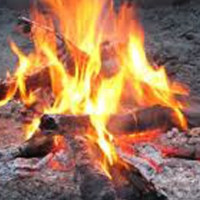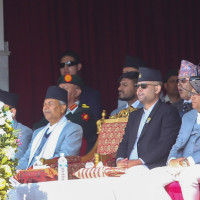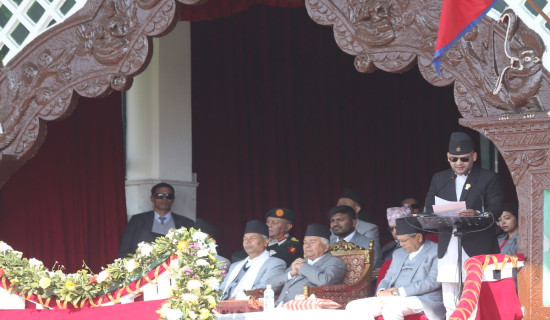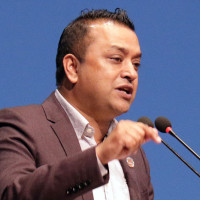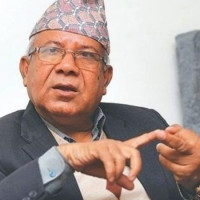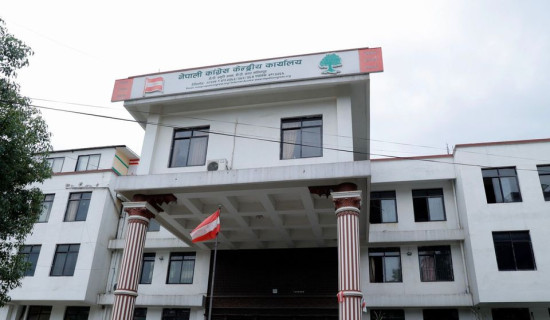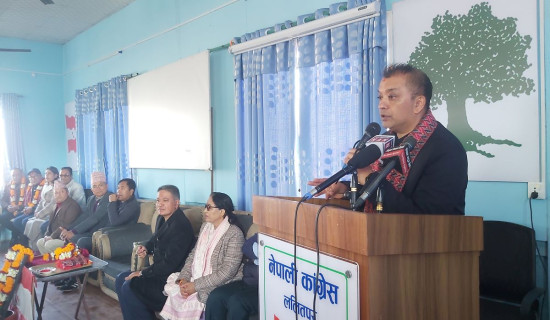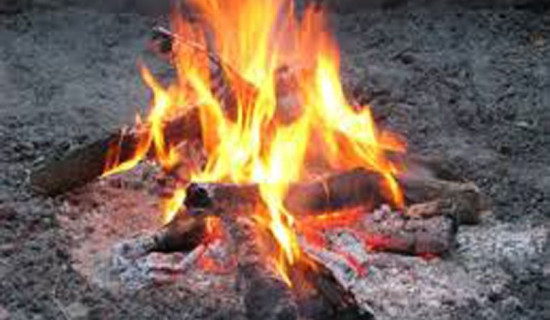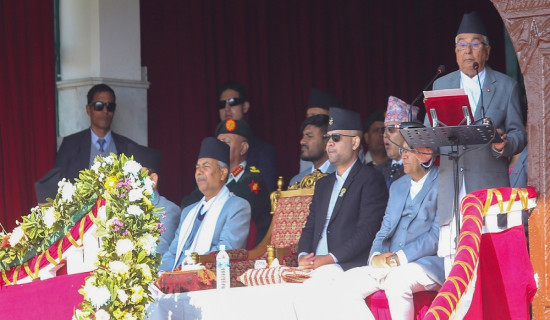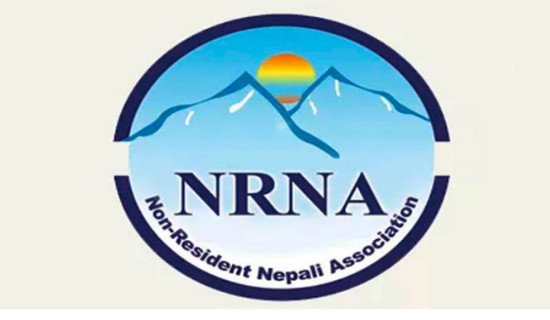- Monday, 15 December 2025
Dashain Revellers
On A Spending Spree
Laxman Kafle
As the three main festivals of Nepalese -Dashain, Tihar, and Chhath -approach, revellers and consumers go on a spending spree. They have started crowding major markets across the country to purchase their desired items. Large crowds are seen at jewellery, grocery, and clothing stores as well as electronics shops. The main roads and streets in Kathmandu are crowded with heavy traffic, street vendors, and customers.
Normally, Dashain and Tihar are the times to spend on consumption—buying clothes and new electronic devices, vehicles, home appliances, and many other activities, according to one’s financial status.
Mostly, families with medium and low incomes look forward to Dashain to wear new clothes, eat delicious foods, and travel to their best destinations, but due to the increase in prices, many are unable to afford the things they wish to buy to celebrate the biggest festival.
On the economic side, the Dashain period is a time when people spend a huge amount of money to buy non-food items ranging from clothes to vehicles, which makes the economy more vibrant during the Dashain festival.
The sale of non-food items, including jewellery, vehicular items, alcohol, soft drinks, televisions, washing machines, and refrigerators, goes up as the traders also offer discounts on the purchase of these items.
The festival is celebrated all over the country on a grand scale. It is supposed to lift the moods of people from every walk of life. Additionally, it is a period when customers willingly open their wallets to purchase goods that are being supplied by the wholesalers and retailers offering heavy discounts.
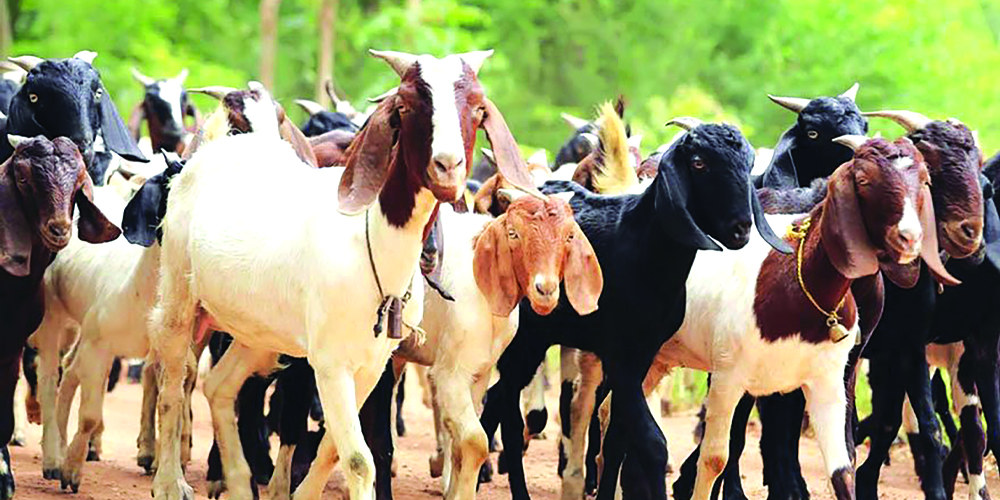
Surge in Demand
Nepali customers are known for their insatiable appetite for shopping, which results in a surge in sales of food and non-food items during the country’s biggest festival.
According to Hem Raj Regmi, Deputy Director General of Central Bureau Statistics, expenditure on food items increased by only 15% during Dashain, while expenditure on non-food items, including durable items, increased by more than 30% compared to normal periods.
According to economists, high-class families spend only 20 per cent on food consumption and 80 per cent on non-food, while lower and middle-class families spend 65 per cent on food consumption and 35 per cent on non-food items.
Demand for durable and capital goods, both durable and perishable, rises during the festive season. One of the major features of Dashain in Nepal is the mass movement of people from the capital city to their hometowns, resulting in a huge financial transaction in the transport sector as well.
The business of airlines, public transportation, hotels, and restaurants also increases, which contributes to making the economy vibrant.
Vibrant Economy
The flow of money will increase in the country as employees will get extra salaries in Dashain and foreign workers also send money to their families to celebrate festivals, which contribute to making the economy vibrant. Besides, people also used to spend money even by taking loans from the banks and borrowing from rich people to celebrate festivals.
Nepal's economic activities are highly concentrated during these two months of September and October. Some economists estimate that around 30–40 per cent of market activity takes place around Dashain, Tihar, and Chhath alone.
Consumers are thought to save on their consumption during the other 10 months to spend during these festivals. Suppliers aim to capitalise on the potential increase in demand and make up for the tardy earnings in other seasons of the year.
Huge amounts of money will be supplied in the markets through the banks and financial institutions as people use their savings to purchase necessary goods. Economic dynamism is apparent. Production, distribution, and consumption go beyond the average level.
The flow of money into the markets will accelerate the market economy, he said, but that huge amounts of money will be fleeing the country due to the import-based economy of Nepal as it is importing food-to-non-food items to meet the demand.
Rural people earn money by selling their products to spend at the festival. These people buy their required materials by selling their products. The market is closer to them during this period. Agro-products and domesticated animals like he-buffaloes, he-goats, ducks, and chickens all have a market. This is how the festival creates economic inter-linkages across the country.
Black-Marketing
The festival economy is not always healthy. Instances of artificial shortages, price hikes, hoarding, and black marketing proportionately rise with the growing economic transactions during festivals. Hurried buying decisions by consumers often serve as an incentive for market fraudsters to sell lower quality goods at higher prices.
Private sector players are often alleged to have been involved in hoarding and cartelling during high-demand seasons. Considering this tendency, institutional intentions, capacity, and reach of public oversight mechanisms like the Department of Commerce, Supplies, and Consumer Protection are intensifying market monitoring to control artificial price hikes and shortages of goods.
In the case of Kathmandu, retailers operating fancy shops will be encouraged to hike prices of goods after the Kathmandu Metropolitan City Office removed the footpath shops. Consumers, who used to buy clothes on footpaths to minimise expenses in the past, have been compelled to visit fancy shops and spend more than their earlier projection.
The Department has started monitoring with the aim of creating artificial shortages during the festival, increasing prices, selling substandard or expired goods, and cheating on scales.
Consumers are forced to be cheated by businessmen as there is more buying and selling of daily consumable goods during the festival. During the festival, businessmen in the market do black market, increase prices, and label low quality food.
Public entities, with the coordination of the government, opened fair-price shops in various locations across the country to provide relief by selling essential commodities at a discount rate to people during the festivals.
Fair price shops inside and outside the Kathmandu Valley have come into operation since September 17.
Consumers can get discounts ranging from Rs. 2 to 50 per kg/litre of essential goods, including salt, lentils, pulses, rice, and ghee.
High Meat Consumption
Traditionally, livestock, especially goats, buffaloes, pigs, pigeons, and ducks, are sacrificed and offer their blood to the deities, and people consume meat during this festival.
Most households have a tradition of sacrificing goats, chickens, ducks, and buffaloes in their homes based on their personal and cultural beliefs and depending on the caste of the family belonging to them.
Farmers used to collect expenses to celebrate festivals like Dashain and Tihar by selling the goats reared throughout the year. Expenses for purchasing spices and clothes to celebrate the festival will be managed by selling goats.
Farmers from the villages used to supply goats to the market for sale for almost two or three weeks to manage expenses.
Meanwhile, an official count of the total number of animals and chickens sacrificed during Dashain across the country is being compiled.
About 70,000 goats, including mountain goats, are expected to be consumed in the Kathmandu Valley, Dr. Chandra Dhakal, senior livestock officer at the Department of Livestock Services, said.
The Food Management and Trading Company is selling 3,000 goats and mountain goats at a subsidised rate to control the private monopoly on its price.
Besides, 4,000 buffaloes and a large number of chickens and ducks will be sacrificed for meat in the Kathmandu Valley during Dashain. Likewise, around 70,000 tonnes of fish are consumed in the Kathmandu Valley alone.
Poor At Receiving End
With the arrival of Dashain came problems for economically poor families. "As I belong to a poor family, it is very difficult even to fulfil the basic needs of family members. But the festival is not only for the rich; poor people also celebrate it. Moreover, children look at their neighbors' children and want to celebrate Dashain like them, "" porter Ram Bahadur Dhalkuti of Ramechhap said.
Many people with poor financial conditions seek loans, while others have to work days and nights to increase their income.
Managing money has been a great challenge, especially for lower-class people. When inflation runs high, middle and lower-income families are more affected while celebrating great festivals.
Many are likely to be more affected during this stagflation as inflation will increase against low and stable economic growth and the income of many.
The income of people could not increase in line with the inflation, which hit the purchasing power of people, which has also affected businesses.
He said that for a poor, daily wage earner like us, it is difficult to make ends meet. The festivals add a mental and financial burden to them. The skyrocketing price hikes of essential goods will create more financial pressure to manage expenses for the festival this year, he added.
Dashain will add to the debt of the poor people who are forced to take loans to celebrate it.
When the Kathmandu Metropolitan City removes the street shops on the eve of Dashain, it will be more difficult for those who make a living by keeping shops on the street in Kathmandu.
(Kafle is a journalist at TRN)


